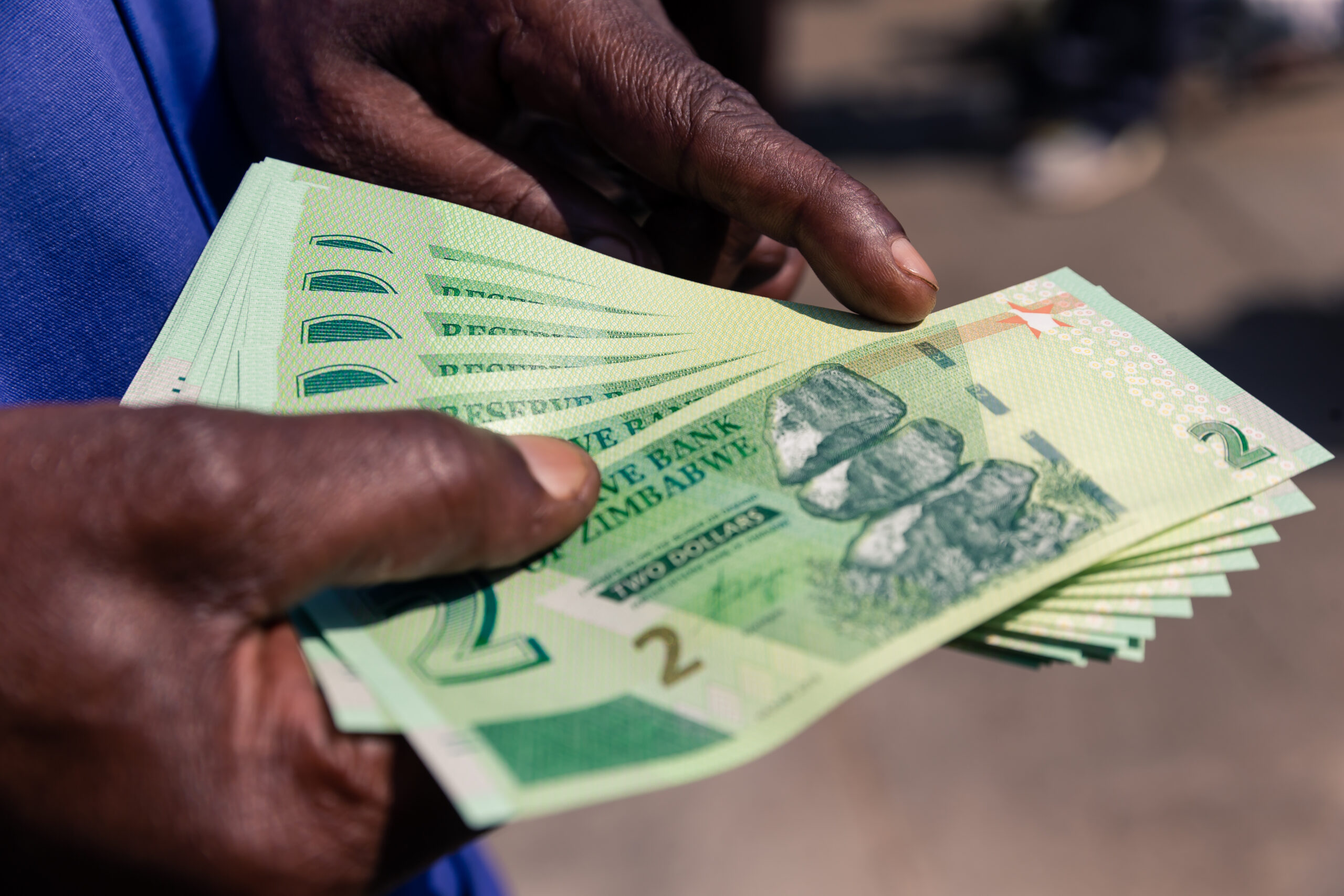Zim risks another currency collapse . . . but Mangudya thinks otherwise
FULL dollarisation remains an unviable proposition for Zimbabwe, defiant Reserve Bank of Zimbabwe (RBZ) governor Dr John Mangudya says, despite the economy rapidly gravitating toward self-redollarisation.
Zimbabwe countenances a second potential collapse of its domestic currency, the first being in 2009-2019 when the economy reset into default setting, and adopted the US dollar as the preferred currency amid raging inflation.
This was after inflation shot to a record 500 billion percent, according to the International Monetary Fund, although authorities put the figure at just over 200 percent at the last official count in 2008.
A relapse into similar mode comes as the Zimbabwe dollar keeps losing ground against major global currencies, after sliding from $2,5/US$1 when it was refloated in February 2019 to trading at $864,257/US$1 now on the interbank market.
Likewise, the annualised inflation rate increased rapidly from 5,39 percent in September 2018, when the country began separating US dollar and RTGS accounts, to 229,8 percent in January 2023.
In fact, the latest inflation represents recalibrated inflation calculation for the period since February 2019 with Zimbabwe’s annual inflation racing to a post-dollarisation high of 837,5 percent by August 2020.
By his own admission in the 2023 monetary policy statement last week, Mangudya said as of December 31, 2022 foreign currency account (FCA) deposits in the banking system accounted for 64,2 percent of total deposits, with the remainder being Zimbabwe dollar deposits, as redollarisation gathers momentum.
Similarly, transactional activities in the retail and wholesale sectors also pointed to the same structure of currency composition as shown by recent Confederation of Zimbabwe Industry (CZI) surveys, which reported that on average US dollar sales contribute 66 percent to foreign currency generation for the businesses.
Further, the rapid redollarisation of the economy was corroborated by estimates by the Zimbabwe National Statistics Agency (ZimStat) at Classification of Individual Consumption by Purpose (COICOP) division level, which showed US dollar transactions accounted for an average of 76,5 of the total.
Amid the rapid dollarisation, the RBZ governor said the bank would pull all stops to maintain the prevailing relative stability under a dual currency system, including by maintaining a hawkish monetary policy stance.
Mangudya said at the Confederation of Zimbabwe (CZI) Annual Economic Outlook Symposium 2023 on Wednesday that Zimbabwe previously experienced serious liquidity challenges under dollarised environment.
During the period of the multi-currency regime, when it used mostly the US dollar, Zimbabwe faced insurmountable liquidity challenges with cash balances of US$8 billion outstripping cash and cash equivalents of just US$400 million.
But the central bank chief said the economy had since made significant progress on growing foreign currency deposits, with banks presently holding about US$1,5 billion worth of foreign currency.
Still, the RBZ chief said, full dollarisation remained an unenviable proposition for Zimbabwe given the experiences of the past where liquidity ended up falling short of the foreign currency deposits held by banks.
Mangudya also said the RBZ had evidence of contracting margins in US dollar trading, warning exclusive trade in the currency could eventually spell disaster for businesses that maintain a stranglehold on US dollar sales.
He admitted Zimbabwe was faced with a deeply rooted problem of striking a harmonious balance between the use of the Zimbabwe dollar and US dollar as part of a dual currency regime.
Because of the dual currency system, Mangudya said, coming up with a market-determined exchange rate has remained elusive for Zimbabwe.
Finding equilibrium between the greenback and the Zimbabwe dollar has been undermined by the multiple uses of the US dollar in Zimbabwe namely use in external payments, domestic transactions and use as a store of value.
It is for this reason that despite Zimbabwe achieving record foreign currency inflows of US$11,6 billion in 2022, the Southern African country has struggled to nail down a durably stable Zimbabwe dollar exchange.
In 2018, the result of the mismatch between liquidity and bank balances was blocked funds, which the central bank is battling to clear and has promised to settle over a 10-year period.
Mangudya said Zimbabwe has ended up accumulating an onerous blocked funds debt because the country did not have adequate deposits to meet the foreign currency requirements.
To maintain the current stability, Mangudya said the central bank will maintain a tight monetary policy stance, which saw RBZ assume the title of the “most aggressive central bank” after hiking its bank policy rate from 80 to 200 percent to tame inflation.
Economist Professor Gift Mugano said no country in the world, out of the 33 that previously dollarised, resolved dollarisation overnight. However, he said critical was the need for the country to drive production, stable exchange rate and political will.
Mugano said what could work as the silver bullet for the country to address rapid self-dollarisation of the economy would be to demand economic agents to pay exclusively in forex for all payments to the Government.
Mugano said Zimbabwe should borrow a leaf from what Russia did to protect its currency after its started depreciation when it was slapped by western sanctions over its invasion of Ukraine.
Mugano said the Kremlin simply demanded that anyone who wanted to trade with Russia, including for purchases of energy products, should use the Russian Ruble.
“Now, the rubble is one of the best currencies in world.”-ebusinessweekly











